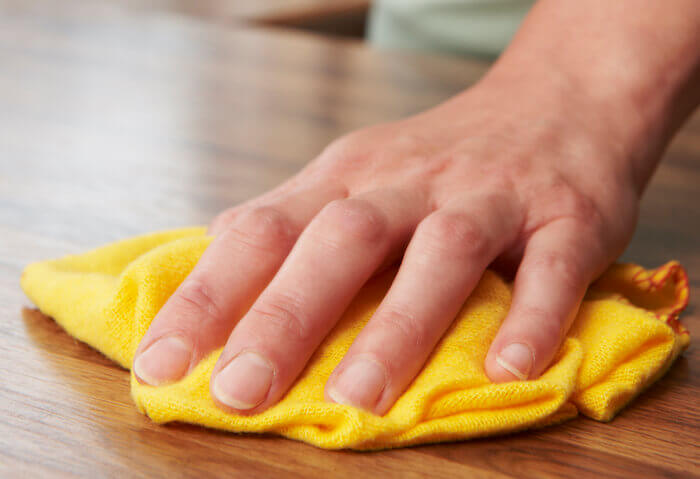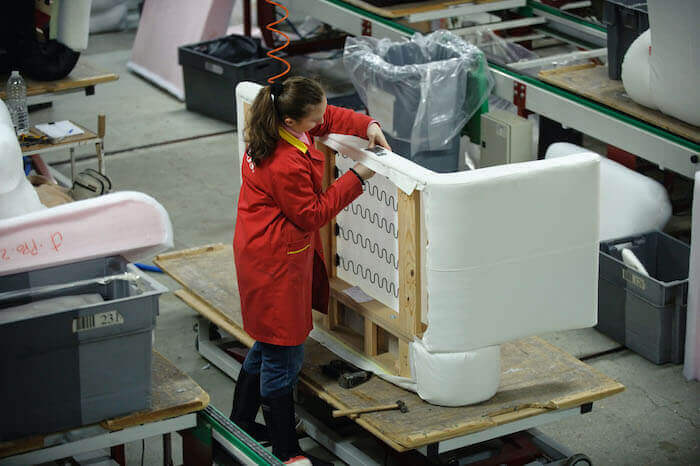Exposure And Toxicity
Chemicals can migrate out of products and cause harm
Exposure to toxic chemicals can cause immediate acute health harm (like a rash) or long term chronic damage (like cancer). Most chemicals are only tested for acute effects.
Exposure pathways

Respiratory
The air we breathe can expose us to harmful chemicals. For example, breathing in perfume can expose us to phthalates.
Oral
Ingestion of contaminated dust, food, and water can lead to oral exposure.

- Dust: Chemicals can move out of products into dust. Toddlers who crawl on the floor and cats who lick their fur have high exposure to flame retardants and other toxics from dust.
- Food: Harmful chemicals can be found in food or leach from packaging into food. Mercury and PFAS in some seafood and bisphenols in can linings are two of the many examples.
- Water: Drinking water can contain both naturally-occurring and industrial contaminants. PFAS release from manufacturing and firefighting foam--along with widespread use in consumer products--have polluted the water supplies of millions.

Dermal
Toxic chemicals can enter our bodies through our skin. For example, we can be exposed to antimicrobials from personal care and laundry products. Learn how to reduce your exposure to harmful chemicals on our Consumer Resources page and in the Six Classes videos.
Exposure lifecycle
We should evaluate exposure risk throughout a product’s life cycle: from manufacture, to use, to disposal.

1. Manufacturing and installation
Poor workplace safety and waste management practices can expose workers and nearby communities to harmful substances during product manufacturing. For example, hundreds of thousands of people in Ohio and West Virginia were exposed to contaminated air and drinking water from a chemical factory discharging PFAS.

2. Product use
Chemicals can escape from products during use. For instance, flame retardants can migrate out of furniture and electronics. In one study, flame retardant levels measured in a classroom increased after the computers in the classroom were turned on.
3. End of life
Exposure doesn’t end when we throw a product away.

- Landfills: Toxic chemicals can leach out of products disposed of in landfills and contaminate the surrounding environment.
- Recycling: Materials containing toxic chemicals should not be recycled. This can result in harmful substances showing up in inappropriate places--like flame retardants in plastic children’s toys and soup ladles.
- Destruction: Incineration of toxic chemicals can produce harmful combustion byproducts.
Occupational exposure
Workers may be exposed to toxic chemicals in the workplace and they may bring harmful substances home, inadvertently exposing family members. For example, firefighters are exposed to chemicals released from burning household products and building materials.